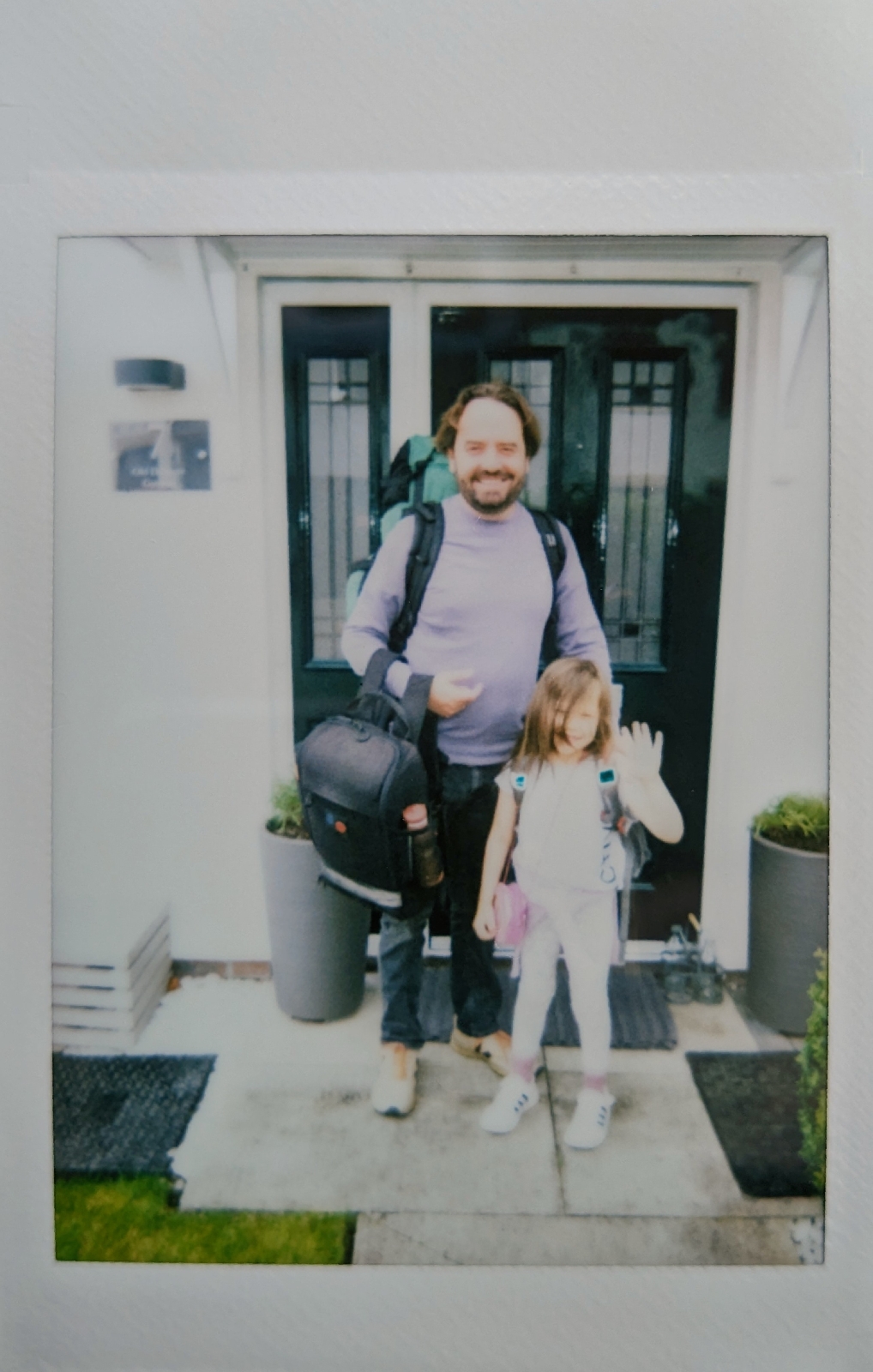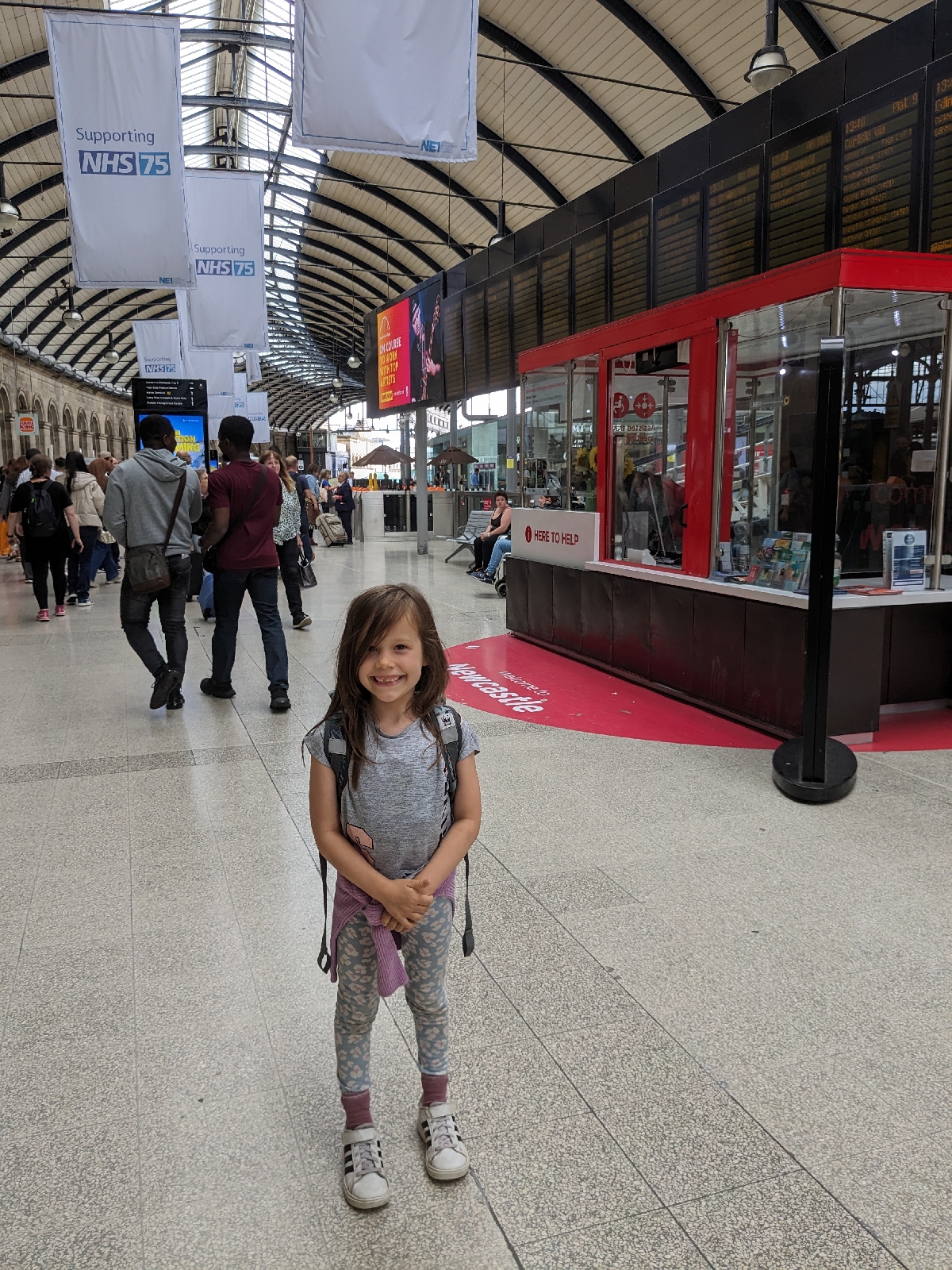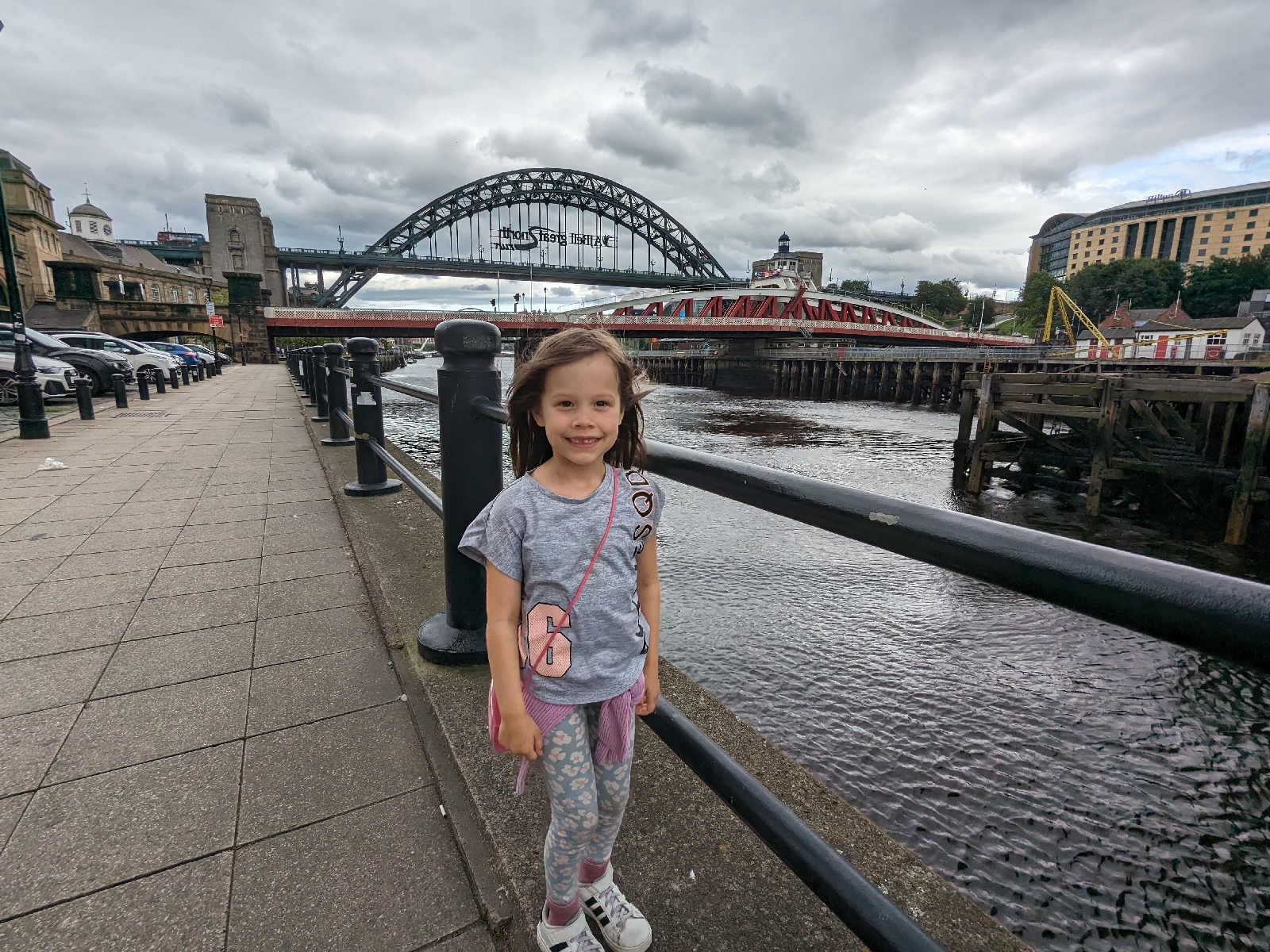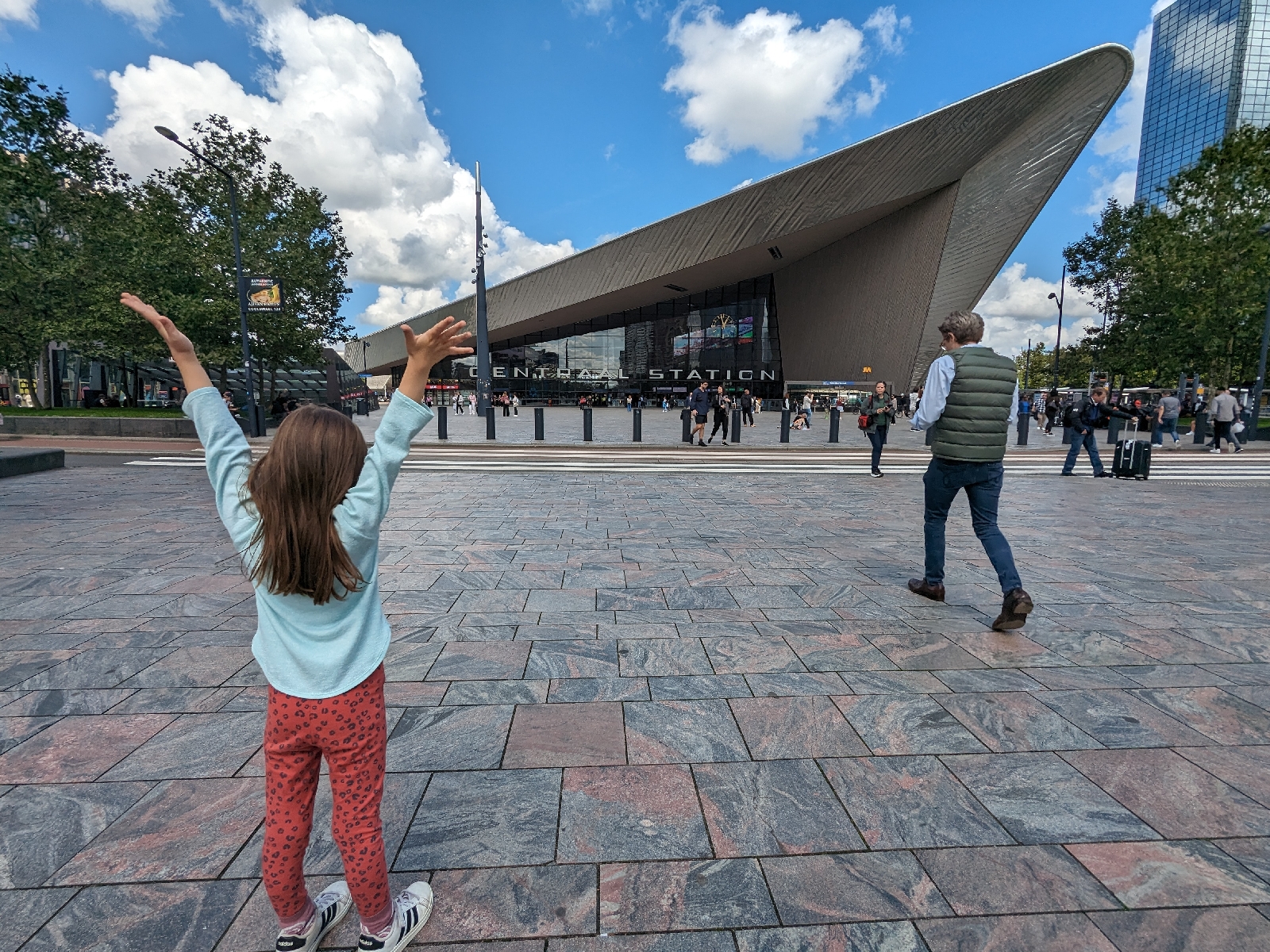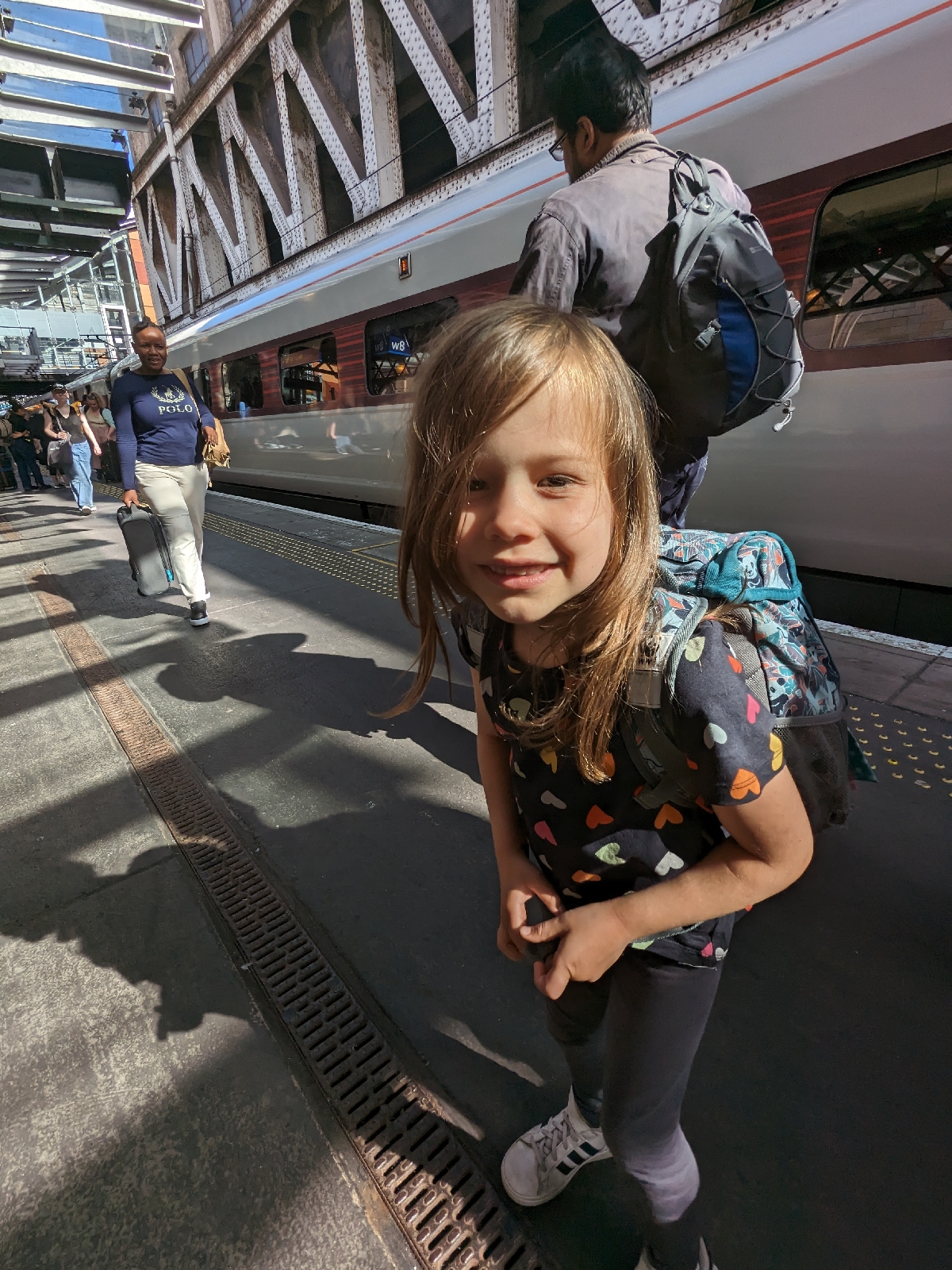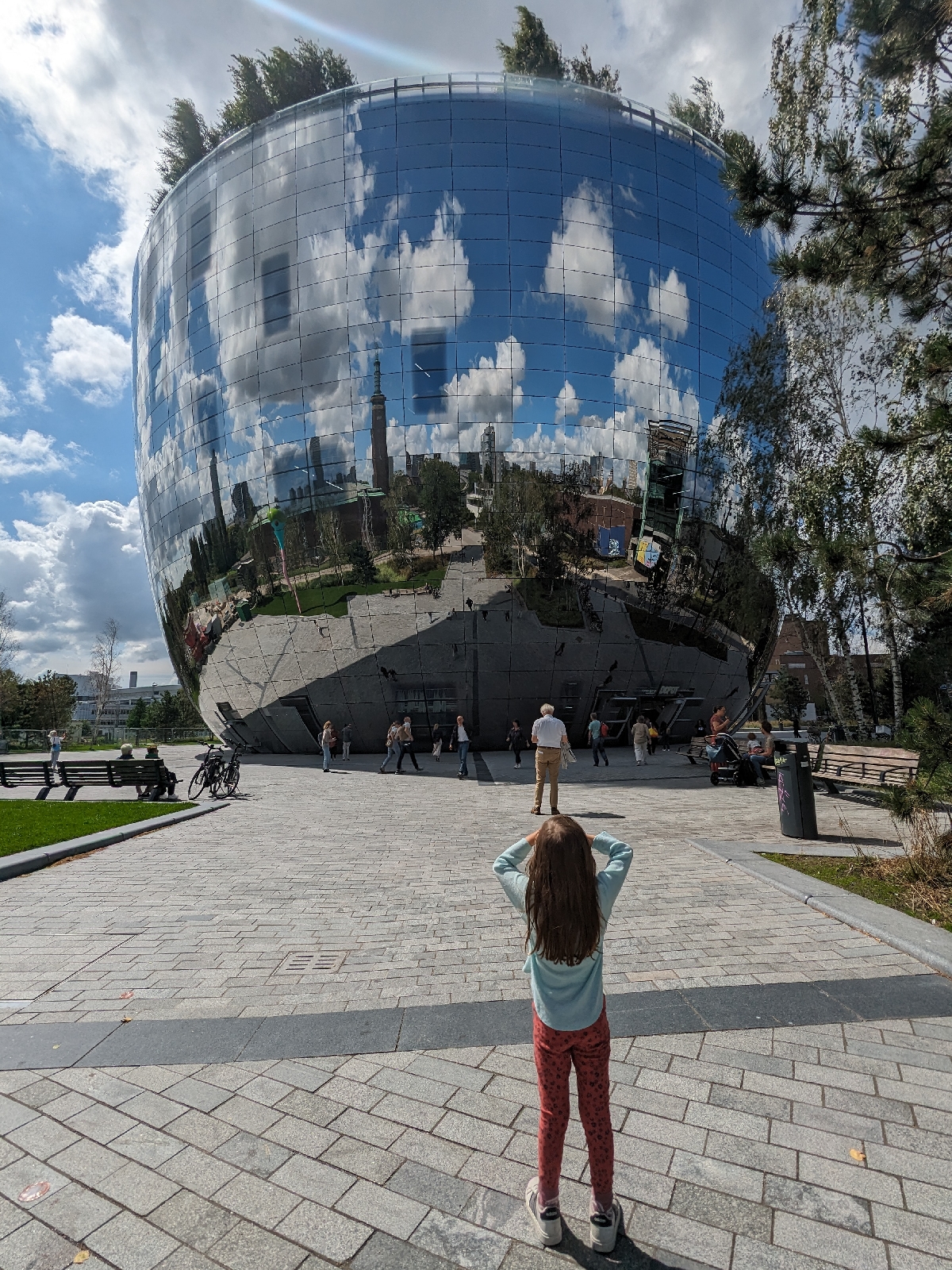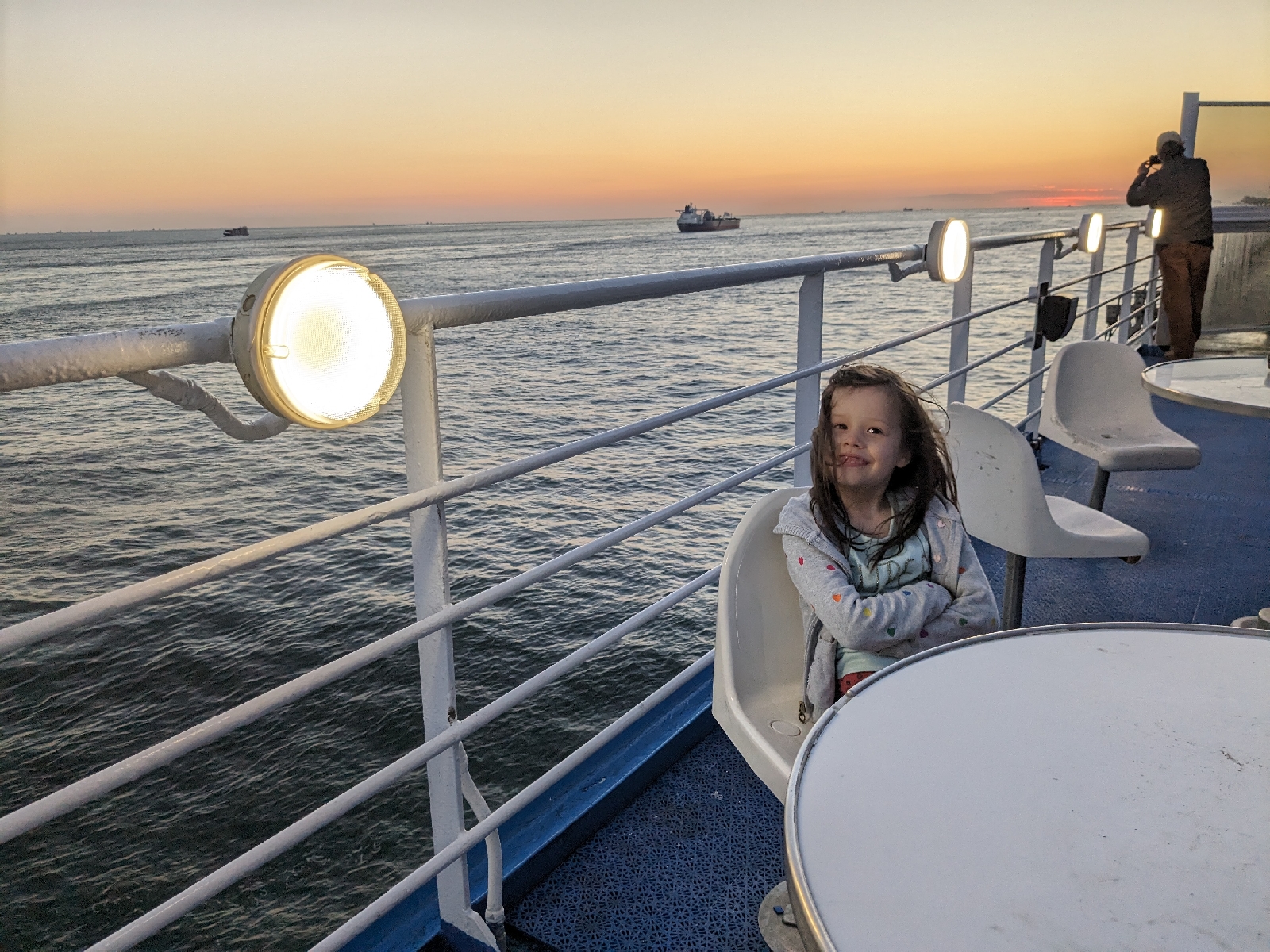Sustainable Community Design
Sunday, 27 August 2023
Slow Travellers - Day in Amsterdam and Journey to Berlin
Thursday, 24 August 2023
Slow Travellers - Edinburgh to Newcastle
Saturday, 19 August 2023
Slow Travellers - Berlin to Rotterdam
Thursday, 17 August 2023
Slow Travellers - Hull to Edinburgh
Thursday, 10 August 2023
Slow Travellers - Day in Rotterdam + Ferry to Hull
Monday, 7 August 2023
Slow Travellers - A Journey from Berlin to Edinburgh
Since moving to Berlin over 10 years ago, we have made numerous trips home to visit friends and family in Scotland. Until now the most convenient (and previously most affordable) way to travel was via budget airlines from Berlin directly to Edinburgh. However since our daughter Marla started school last year we are now restricted to travelling in the school holidays, impacting in the choice and price of flights. The environmental impact of flying is well reported and we have long considered alternative means of transport with a lower carbon footprint. With the prolonged summer school break, my daughter and I decided to take the long way home and document our experience for potentially sharing with her classmates in the next school year. Marla attends Berlin Bilingual School, which is home to a vibrant international community (many of whom fly regularly to visit family) and I volunteer support to our schools Climate Action group - so this seemed like an ideal opportunity to share the benefits and (hopefully minimal!) drawbacks to slow travel,
Together with Marla we sketch our planned route as shown below - we first travel to Rotterdam with train, before taking a ferry across to Hull overnight and then taking a train up to Edinburgh. For our return trip we will take a train to Newcastle Upon Tyne in the north of England, before ferrying to Amsterdam overnight and taking a train back to Berlin. As this is a ‘slow travel’ journey we will also make a number of overnight stops to visit some placets along the way and to cátch up with friends and family in the journey.
I also wanted to document the difference in carbon emissions (as well as cost, distance and time taken) that our journey takes in comparison to our well trodden flight route. There were of course other options (such as taking the train via the eurotunnel and via London) but the route we chose was the most economical financially and also allowed us to stop off at new places and visit some friends/family. There are a number of websites which can help you calculate your carbon emissions for each journey (and many try to sell you carbon offsetting!) but i found the most useful to be https://www.goclimate.com/travel-calculator. The figures it produces match those from a number of other websites but i like how they compare each journey via the mode of transport. Below you can see an overview of our predicted CO2 emissions. For duration for flying i have allowed for an hour journey at either end plus 2 hours for checking in.
Tuesday, 3 April 2012
Elgin Ecohome


Using this we created the following graphs for today and for 2050 assuming a 3 degree temperature rise due to climate change. We also combined this with the monthly solar irradiation levels to give an indication of when passive heating or cooling is required.










